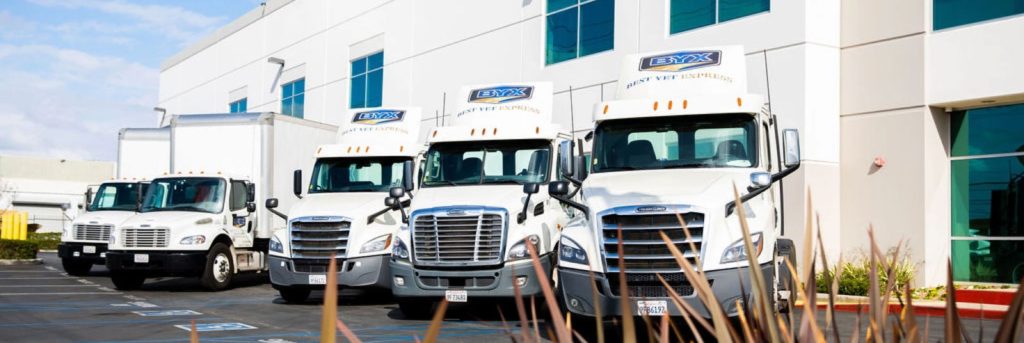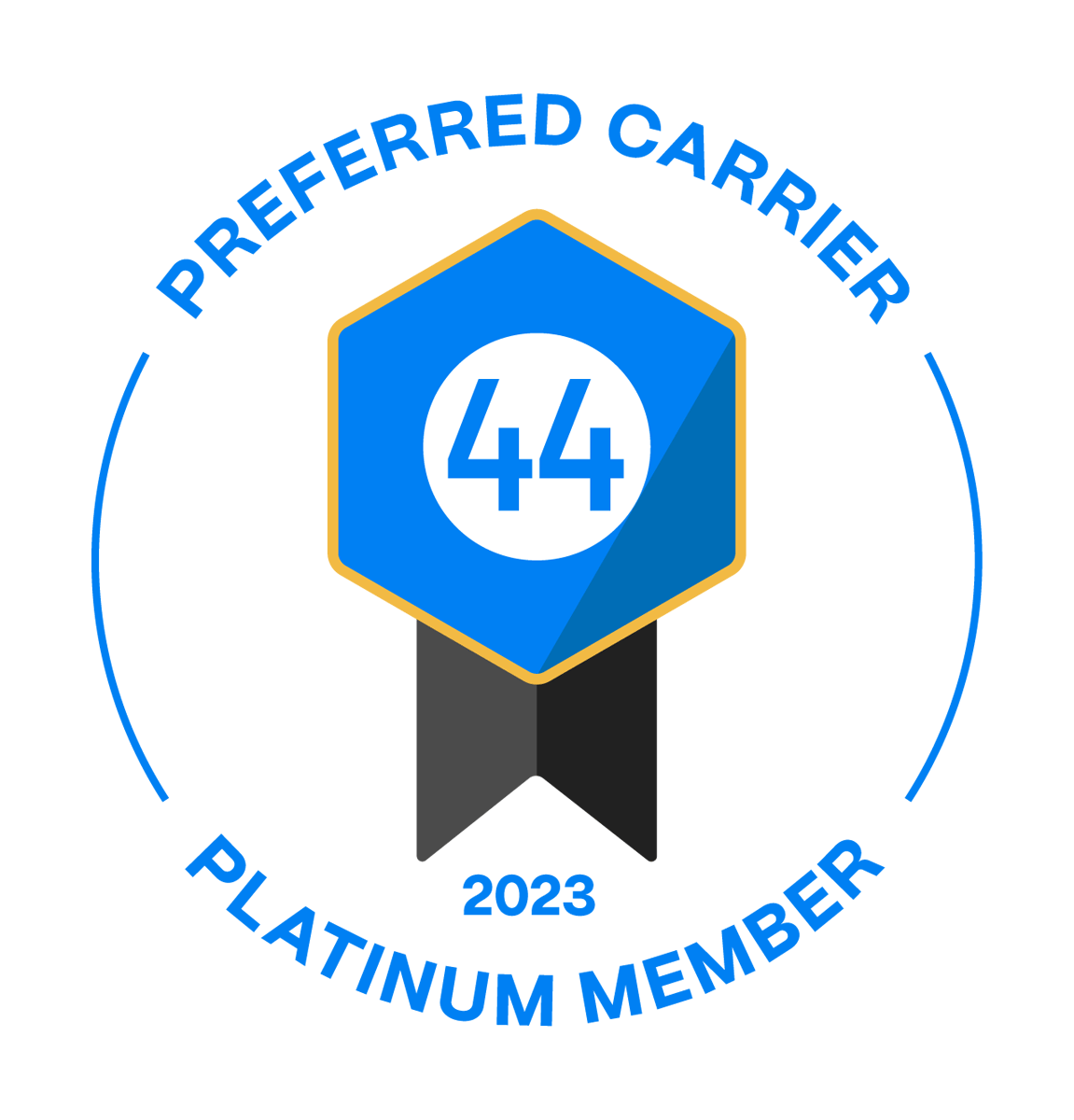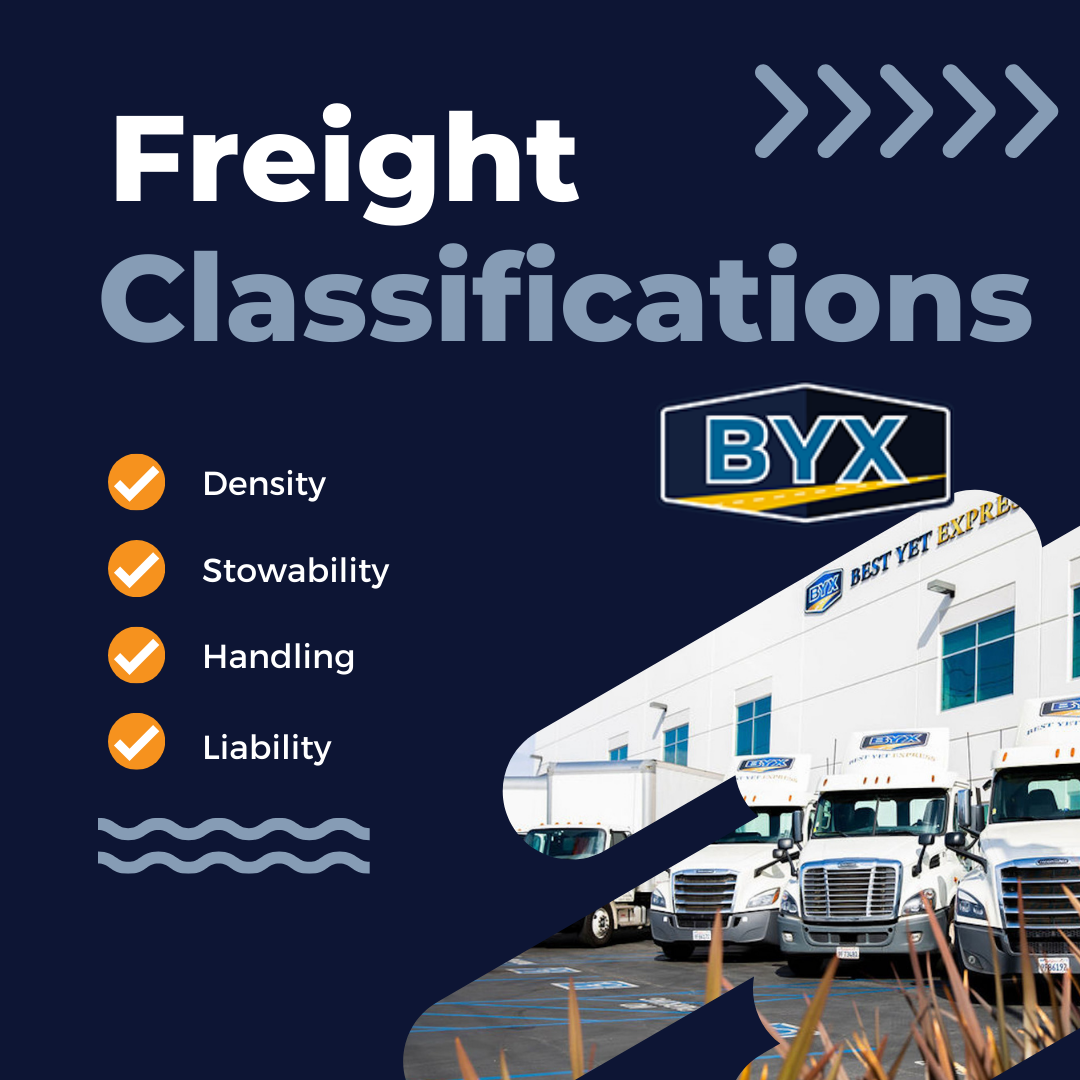In today’s fast-paced world, efficient delivery services are crucial for businesses to stay competitive. Whether you are running a small local delivery service or a large-scale logistics operation, optimizing your delivery routes is essential for reducing costs, improving customer satisfaction, and minimizing your environmental footprint. This blog will explore advanced route optimization strategies, software tools, and technologies that can help logistics coordinators streamline delivery routes and achieve improved delivery efficiency.
The Importance of Route Optimization
Route optimization is all about finding the most efficient way to get from point A to point B. In the context of delivery logistics, it means planning the best routes for your vehicles to reach their destinations while considering various constraints, such as delivery windows, vehicle capacities, and traffic conditions. Effective route optimization has several benefits:
- Cost Reduction: Optimized routes can help reduce fuel consumption, vehicle wear and tear, and labor costs, resulting in significant savings.
- Faster Deliveries: Efficient routes enable faster deliveries, improving customer satisfaction and increasing your competitive advantage.
- Environmental Impact: Reducing unnecessary mileage and idling time contributes to a lower carbon footprint, aligning with sustainable business practices.
- Improved Resource Utilization: Efficient routes ensure that your vehicles and drivers are used effectively, maximizing your resource utilization.
Advanced Route Optimization Strategies
- Dynamic Routing: Dynamic routing involves real-time adjustments to routes based on live data, such as traffic conditions, weather, and new orders. It ensures that deliveries are as efficient as possible, even when unforeseen circumstances arise.
- Multi-Stop Optimization: This strategy optimizes routes with multiple stops by calculating the most efficient sequence for deliveries, reducing backtracking, and minimizing idle time.
- Time Window Optimization: Factoring in time windows for deliveries is essential, particularly for businesses with strict customer requirements. Time window optimization ensures that deliveries are made within the specified timeframes.
- Vehicle Capacity Optimization: Ensuring that vehicles are loaded to their full capacity can significantly reduce the number of trips required. Algorithms can determine how to load vehicles optimally, considering weight restrictions and delivery priorities.
- Priority-Based Optimization: By assigning priority levels to different orders or customers, route optimization tools can ensure that the most critical deliveries are made on time, even if it means some less time-sensitive deliveries are rescheduled.
Software Tools for Route Optimization
Several software tools can aid logistics coordinators in route optimization. These tools are designed to streamline the process and provide real-time data and analytics for better decision-making. Some popular options include:
- Route Planning Software: Tools like Route4Me, OptimoRoute, and Routific offer route planning and optimization capabilities, allowing you to input delivery locations and constraints to generate the most efficient routes.
- GPS Navigation Apps: Apps like Google Maps and Waze provide real-time traffic data and navigation to help drivers adapt to changing conditions while en route.
- Telematics Systems: Telematics systems offer a comprehensive solution for fleet management, combining route optimization with vehicle tracking, driver behavior monitoring, and maintenance scheduling. We use a transportation management system called Carrier Logistics (CLI).
- Artificial Intelligence (AI) and Machine Learning: AI-powered solutions can continuously learn and adapt to changing conditions, leading to more accurate and dynamic route optimization.
Technological Advancements
Route optimization continues to evolve with advancements in technology. Some emerging technologies are poised to transform the field:
- Internet of Things (IoT): IoT sensors on vehicles can provide real-time data on road conditions, traffic, and vehicle health, enhancing route optimization accuracy.
- Machine Learning and AI: These technologies can analyze historical data to predict traffic patterns and proactively reroute vehicles to avoid congestion.
- Electric and Autonomous Vehicles: Electric and autonomous vehicles are becoming more prevalent, reducing operational costs and increasing efficiency.
Conclusion
Route optimization is a critical aspect of modern delivery logistics, enabling businesses to reduce costs, enhance customer satisfaction, and minimize their environmental impact. Advanced strategies, software tools, and emerging technologies are transforming the way route optimization is approached. By implementing these techniques, businesses can achieve improved delivery efficiency, stay competitive, and remain at the forefront of the ever-evolving logistics industry.









